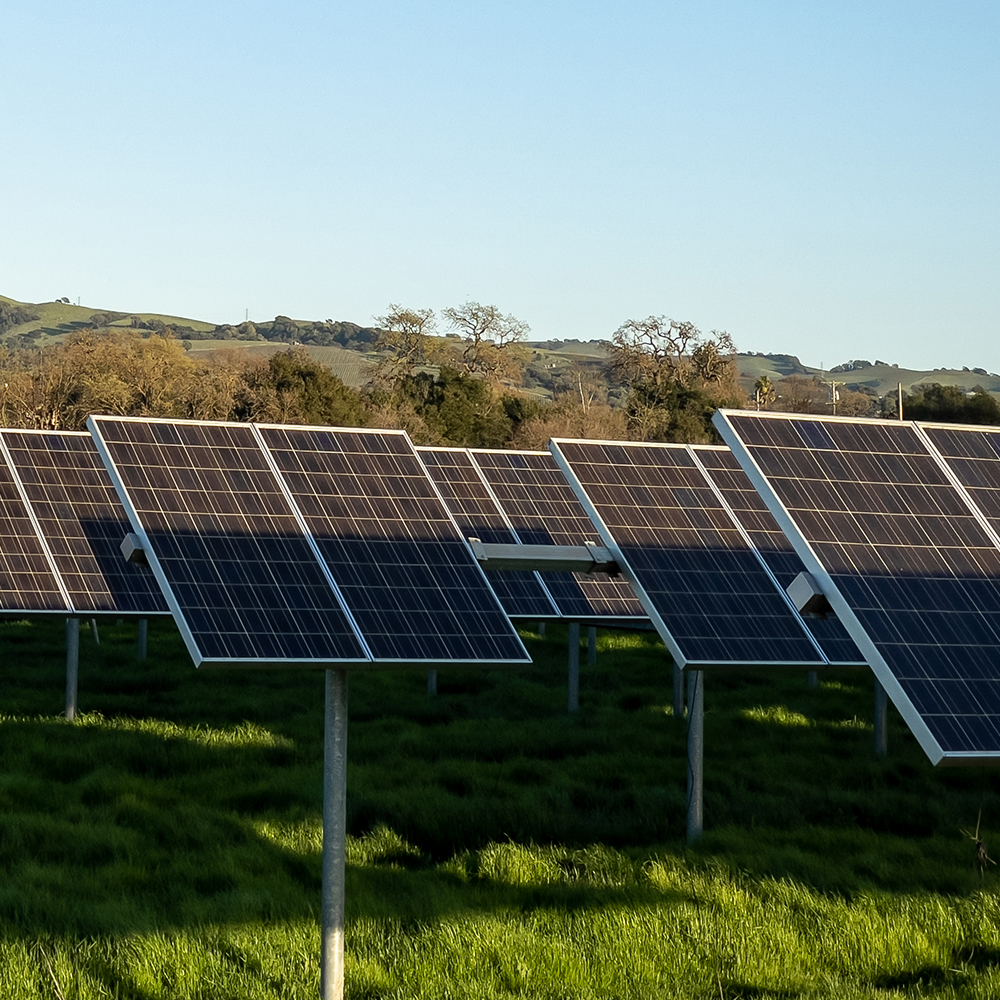In California’s never-ending effort to retain its self-awarded climate MVP trophy, thousands of acres near Desert Center, east of Palm Springs in Riverside County, will be “cultivated” to accommodate a solar farm. The Intersect Power project, centered on a 390-megawatt solar array with an adjacent battery storage site, was unanimously approved in August by the county Board of Supervisors.
“The decision was made in “a ‘doozy’ of a public hearing in which retirees begged the board to consider an ‘environmentally superior’ alternative further from their homes,” the Desert Sun reported.
There are a number of objections from residents in the region, chief among them water consumed during construction that is sucking wells dry.
While that project moves forward, existing solar farms, stretching “out mile after mile along Interstate 10 around Palm Springs,” already have created “one of the densest areas of solar development in North America in the heart of California’s Colorado Desert,” says Inside Climate News.
While this is cause for celebration for some, others don’t have such a sunny outlook. The solar power expansion is “threatening the only water source for hundreds of people and a handful of local businesses,” according to Inside Climate News.
In addition to cleaning needs – about 20 gallons of water is consumed for each megawatt-hour of electricity produced every year to keep the panels operating efficiently – large volumes of water are needed to control the dust that’s kicked up during construction. This is required by law for health reasons. Workers can contract a particularly nasty bug called “valley fever” if the dust is allowed to freely fly.
A report issued by the Centers for Disease Control warns that “workers performing soil-disturbing activities are at risk for coccidioidomycosis, an infection caused by inhaling the soil-dwelling fungus Coccidioides.”
The CDC says there were nine confirmed coccidioidomycosis cases identified among 2,410 California solar farm workers during the study period of 2016-17. The incidence rate among workers, at 1,095 per 100,000 persons/year, “was 4.4 to 210.6 times higher than background county rates, providing evidence that illness was work-related.”
So, the tradeoff means that workers are protected from infection, but the locals lose their water.
The Department of Interior’s Bureau of Land Management was not caught off guard. It “knew the construction of the solar projects could impact local wells and may even be over-drafting the aquifer beneath them,” says Inside Climate News, which cited former BLM staff members, studies that were made on the basin and “public documents from the agency’s environmental assessments of the projects” as sources.
Even with the “over-drafting” of the aquifer, it appears that as a preventative measure, the practice was, at least in the cases studied, inadequate. The CDC says patients, which included a biologist, paleontologist and a truck driver, “reported that water trucks were frequently unable to control dust levels.”This is going to be a continuing problem as California adds more solar farms to meet its net-zero target. While conditions are bound to improve once construction is completed, they will return when dying and dead panels, which have a lifespan of 25 to 30 years, have to be replaced. This state, where water demand perpetually outstrips supply, has set itself up for a headache that will feel as if it’s never going to go away.
Kerry Jackson is the William Clement Fellow in California Reform at the Pacific Research Institute.

